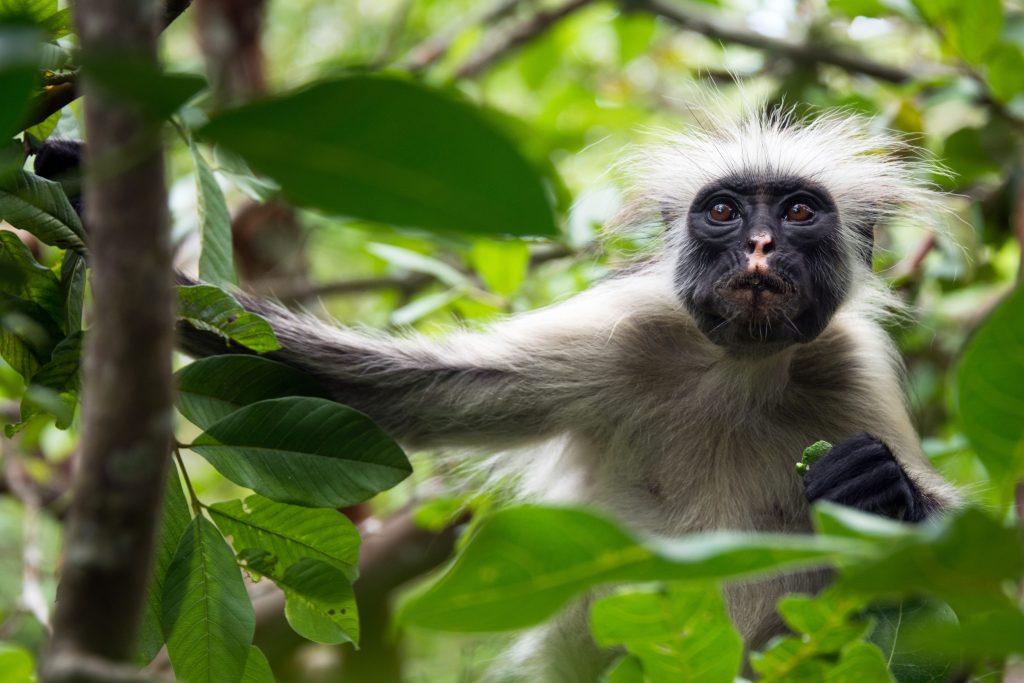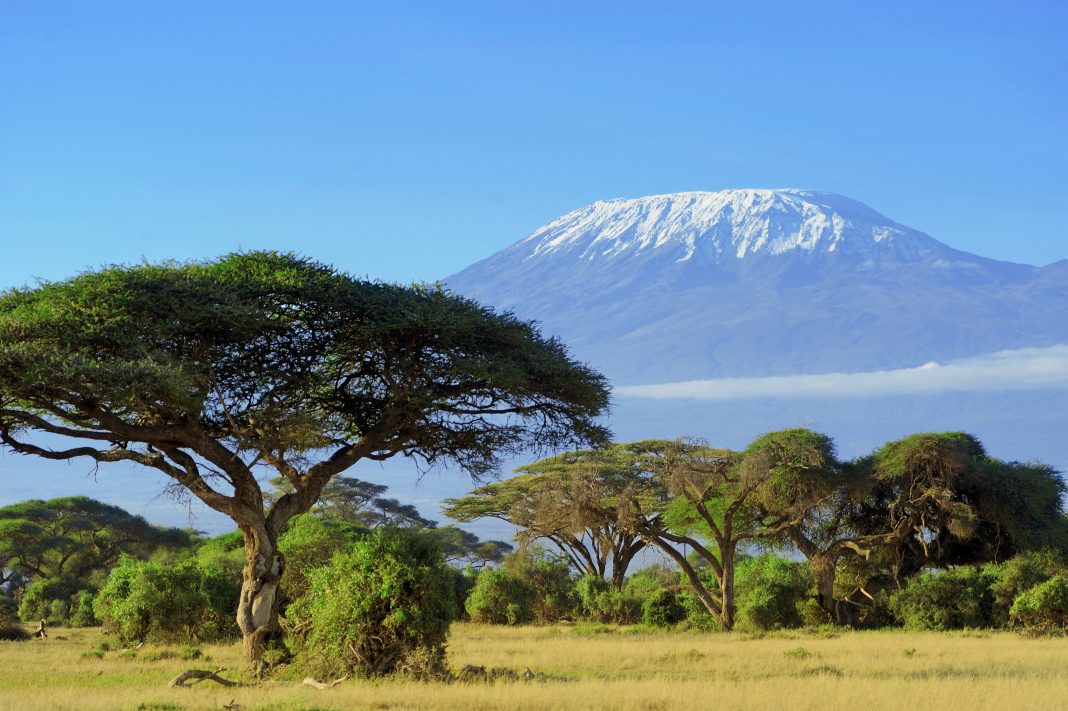1. Mining is an important sector
In 2014 mining accounted for about four percent of the Tanzanian economy, with the value of mining having doubled since 2009. Minerals were also an important export, accounting for nearly a quarter of the value of Tanzania’s exports. Tanzania is the 15th biggest producer of gold in the world, but it also mines diamonds, iron ore, gemstones, coal, and uranium.
Kilimanjaro is a dormant volcano and could erupt one day.
2. A gemstone is named after the country
The blue / violet gemstone Tanzanite, discovered in 1967, is unique to Tanzania. It is mined in a very small area, approximately 7 km long and 2 km wide, in the Mirerani Hills. The name Tanzanite was created by Tiffany & Co, the famous American jeweller.
3. It used to be two separate countries
Tanzania is the union of two countries – Tanganyika and Zanzibar. Tanganyika (the mainland of Tanzania) became independent in 1961, followed by Zanzibar (an archipelago of Indian Ocean islands) in 1963. The two countries united in 1964 to become Tanzania.

4. It has the world’s highest free-standing mountain
It is well known that Mount Kilimanjaro is the highest mountain in Africa, but not many people are aware that it is the highest free-standing mountain in the world. This means it is the highest mountain in the world that is not part of a mountain range. Mount Kilimanjaro is a dormant volcano, meaning that there is a possibility that it could erupt again one day.
5. Tanzania is famous for its wildlife
Tanzania is well known for the Serengeti, an area in the north of country which extends into southern Kenya, that is famous for its abundant wildlife. About 70 large mammal species are found in the Serengeti and it has the largest single population of lions in the world. About 80% of the Serengeti is protected by legislation and national parks. The Serengeti is also known for hosting the largest annual migration of terrestrial mammals in the world, which has led to it being declared one of the Seven Natural Wonders of the World. Serengeti is derived from a word in the local Maasai language, which means ‘endless plains’.























